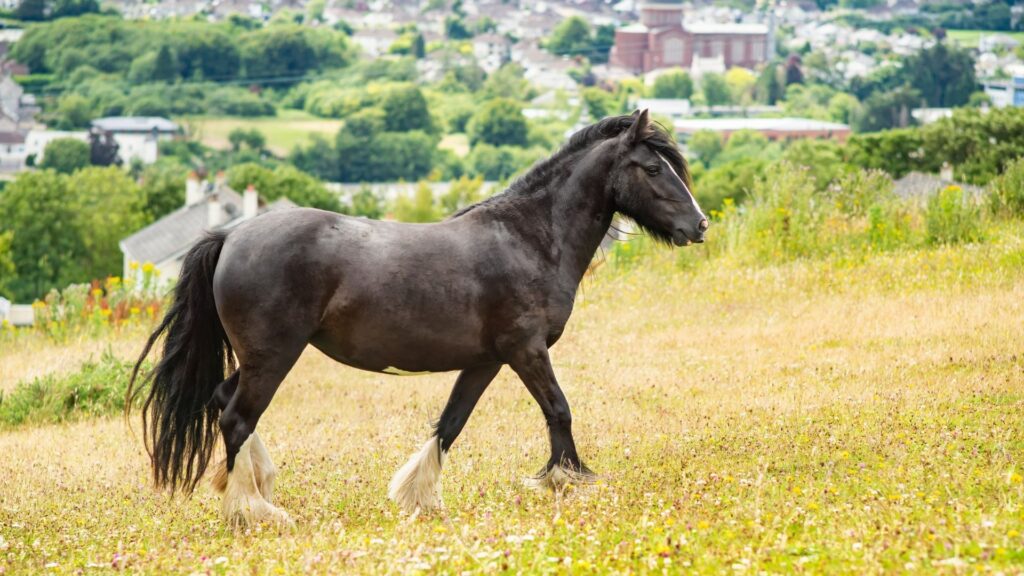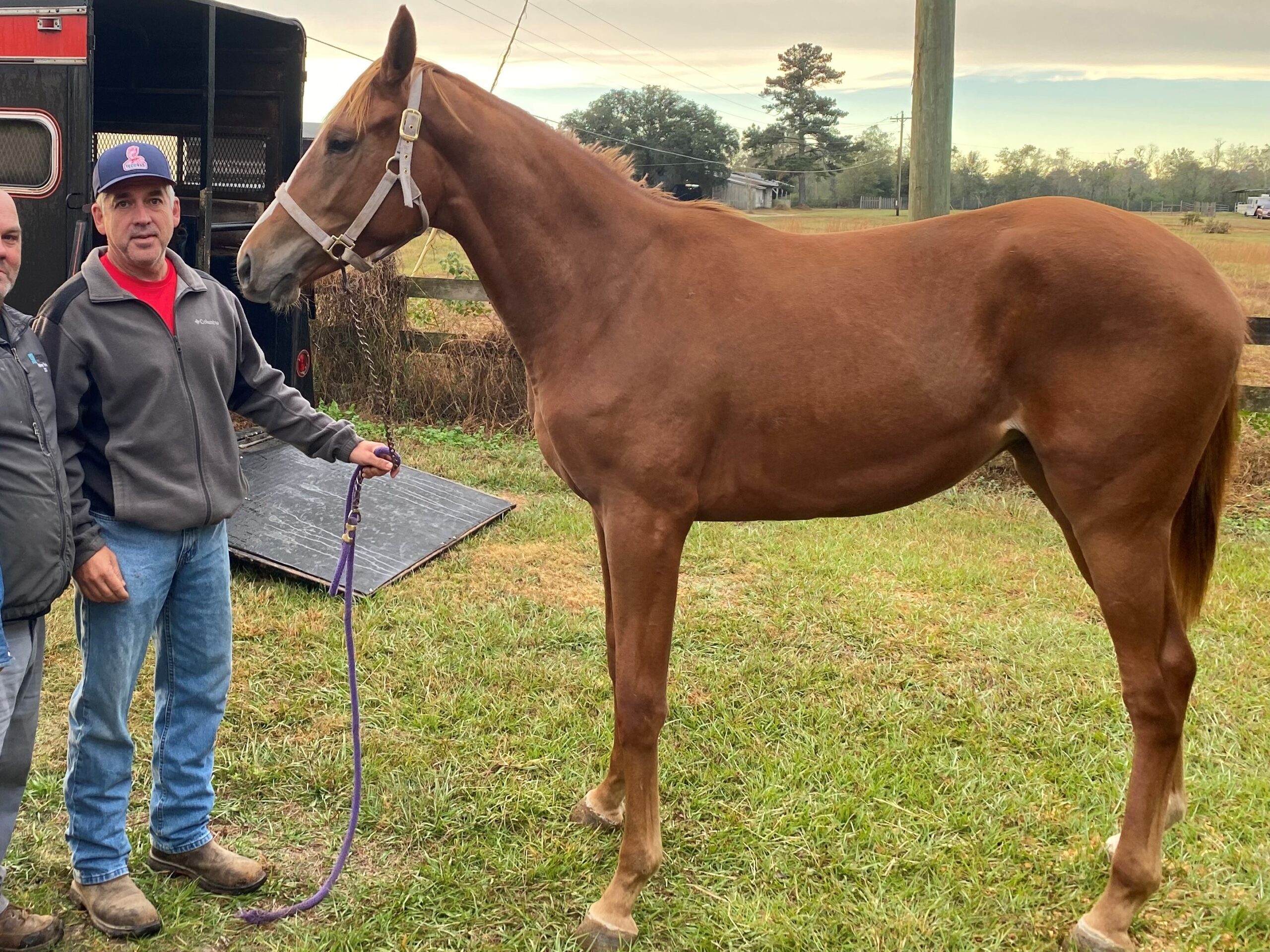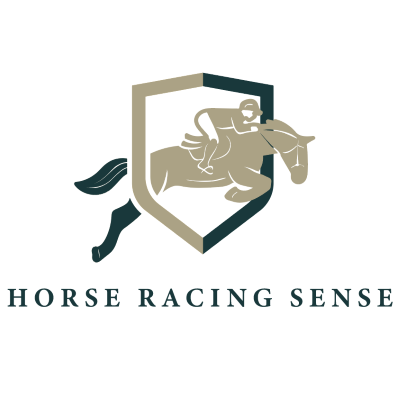Last updated: October 8, 2024
Did you know that the Akhal Teke, often called the “Golden Horse” for its shimmering metallic coat, is one of the rarest horse breeds in the world? Some horse breeds are so rare that only a few hundred exist today, living in diverse habitats around the globe and facing the brink of extinction.
Understanding these rare horse breeds enriches our knowledge and underscores the importance of conservation efforts to preserve these animals. In this article, we’ll explore the world’s rarest horse breeds, their histories, and the challenges they face.

Rarest Horse Breeds in the World
Here are the ten rarest horse breeds in the world:
- Akhal Teke
- Caspian Horse
- American Cream Draft Horse
- American Hackney Horse
- Galiceno
- Nokota Horse
- Cleveland Bay Horse
- Suffolk Punch
- Dales Pony
- Eriskay Pony
These rare breeds could become extinct if they don’t get help soon.
How We Came Up with Our List
To compile this list, we relied on authoritative sources actively involved in conserving and monitoring rare and endangered horse breeds. These sources include:
- The Livestock Conservancy—This organization is dedicated to conserving and promoting endangered livestock breeds in the United States. It maintains comprehensive lists of breeds critically endangered, threatened, or on the watch list.
- Equus Survival Trust—This nonprofit organization focuses on preserving rare equine breeds. It provides valuable information on various horse breeds’ status and conservation efforts.
By consulting these authoritative sources, we ensured that our list reflects the most accurate and current information on the rarest horse breeds in the world.
Profiles of The World’s Rarest Horse Breeds.

1. The Golden Akhal Teke: A Shimmering Marvel
- Population: Approximately 6,600 globally
- Origin: Turkmenistan
- Unique Features: Known for its speed, endurance, and metallic sheen, the Akhal Teke is often called the “Golden Horse” due to its shimmering coat.
- Conservation Status: Rare, with active breeding programs to increase numbers
- Challenges: The Akhal Teke faces significant challenges, including limited genetic diversity and the impact of political and economic instability in its native region. Breeding programs are scattered globally, with efforts in countries like Russia, the United States, and several European nations aimed at preserving the breed’s unique characteristics. Conservationists work to maintain genetic diversity by carefully managing breeding practices to avoid inbreeding and enhance the breed’s resilience. Learn more from the International Akhal-Teke Association.

2. The Ancient Caspian Horse: A Living Relic
- Population: Fewer than 2,000
- Origin: Iran
- Unique Features: The Caspian Horse is an ancient breed with a small stature and horse-like proportions, known for its agility and endurance.
- Conservation Status: Efforts to preserve this breed have been somewhat successful.
- Challenges: The Caspian Horse was once thought extinct until rediscovered in the 1960s. Its small population faces threats from limited genetic diversity and habitat loss. Conservation efforts include breeding programs in Iran and other countries to ensure the breed’s survival and increase its numbers. Read a detailed study on the Caspian Horse.

3. American Cream Draft Horse: The Unique American Treasure
- Population: Less than 400
- Origin: Iowa, USA. The USDA officially recognized the American Cream Draft Horse in 1950.
- Unique Features: The only surviving draft horse breed developed in America, known for its cream-colored coat and amber eyes.
- Conservation Status: Critically endangered.
- Challenges: The American Cream Draft Horse faces challenges due to its small population and limited genetic pool. Conservation efforts focus on increasing awareness and promoting the breed through agricultural and historical demonstrations. Breeding programs aim to expand the population while maintaining the breed’s unique characteristics. Explore more from the American Cream Draft Horse Association.

4. American Hackney Horse: The Elegant Carriage Puller
- Population: Less than 3000 worldwide; only 200 in the US
- Origin: Britain
- Unique Features: Bred for carriage pulling, known for its high-stepping gait and elegance.
- Conservation Status: Endangered.
- Challenges: The American Hackney Horse’s numbers are dwindling due to declining interest in carriage horses. Conservation efforts include promoting the breed in competitive driving, horse shows, and breeding programs to increase genetic diversity and population size. Find out more from the Hackney Horse Society.

5. Galiceno: The Agile Rancher’s Companion
- Population: Less than 200
- Origin: Mexico
- Unique Features: Small, agile horse popular with cattle ranchers, known for its endurance and versatility.
- Conservation Status: Critically endangered.
- Challenges: The Galiceno’s small population is at risk due to a lack of awareness and declining interest in traditional ranching. Conservation efforts focus on promoting the breed’s unique traits and versatility, encouraging its use in modern ranching and competitive sports. Learn more about the Galiceno.

6. Nokota Horse: The Blue Roan Beauty
- Population: 70-100 in the National Park Services herd
- Origin: North America
- Unique Features: Known for its blue roan color and ambling gait, versatile and intelligent.
- Conservation Status: The Nokota horse breed is rare and endangered.
- Challenges: Nokota Horses face threats from habitat loss and limited genetic diversity. Conservation efforts include maintaining a managed herd within national parks and promoting the breed’s use in recreational and therapeutic riding programs. Explore the Nokota Horse Conservancy.

7. Cleveland Bay Horse: Britain’s Oldest Breed
- Population: About 500 worldwide
- Origin: Britain
- Unique Features: Oldest established horse breed in Britain, known for its strength and versatility.
- Conservation Status: Critically endangered.
- Challenges: The Cleveland Bay’s population has declined due to crossbreeding and declining interest in traditional uses. Conservation efforts focus on purebred breeding programs and promoting the breed in competitive and recreational activities. Read more from the Cleveland Bay Horse Society.

8. Suffolk Punch: The Gentle Giant
- Population: Around 800 in North America and 200 in the UK
- Origin: Great Britain
- Unique Features: Heavy draft horse with chestnut-colored coats, known for its strength and gentle nature.
- Conservation Status: Critically endangered.
- Challenges: The Suffolk Punch faces threats from declining agricultural use and limited genetic diversity. Conservation efforts include promoting the breed in traditional farming and logging, as well as breeding programs to increase population size. Find out more from the Suffolk Horse Society.

9. Dales Pony: The Hardy Workhorse
- Population: Less than 5,000
- Origin: England
- Unique Features: Hardy ponies used for pack and agricultural work, known for their strength and versatility.
- Conservation Status: Endangered.
- Challenges: The Dales Pony faces declining interest in traditional uses and limited genetic diversity. Conservation efforts focus on promoting the breed’s versatility in modern equestrian sports and recreational activities. Learn more from the Dales Pony Society.

10. Eriskay Pony: The Resilient Islander
- Population: Less than 300 globally
- Origin: Scotland
- Unique Features: Small, hardy ponies with dense, waterproof coats, known for their resilience and adaptability.
- Conservation Status: Critically endangered.
- Challenges: The Eriskay Pony faces threats from habitat loss and limited breeding populations. Conservation efforts include promoting the breed’s use in conservation grazing and recreational riding, as well as breeding programs to increase population size. Discover more from the Eriskay Pony Society.

What are Endangered Horses?
Horses are considered endangered when they are at risk of becoming extinct in the wild. Various factors contribute to this risk, including habitat loss, disease, and human activities.
Key Points:
- Population Decline: Many horse breeds have significantly declined due to modernization and reduced demand.
- Conservation Efforts: Organizations like the Livestock Conservancy and Equus Survival Trust work to protect these breeds through awareness and donations.
Difference Between Endangered and Rare Horse Breeds
The difference between an endangered and rare horse breed is in population numbers.
Categories by the Livestock Conservancy:
- Critical: Fewer than 2,000 individuals.
- Threatened: Fewer than 5,000 individuals.
- Watch: Fewer than 10,000 individuals.
For our purpose, an endangered horse breed is one with less than 2,000 individuals left, while a rare breed has more than 2,000 but less than 10,000.

10 Most Endangered Horse Breeds
- Przewalski’s Horse
- Population: Approximately 1,900
- Threats: Poaching, habitat loss, climate change
- Conservation Efforts: Reintroduction into native habitats
- American Brabant
- Population: Only 100 purebreds in America and Canada
- Origin: Belgium
- Status: Not endangered, according to the Equus Survival Trust
- American Cream Draft Horse
- Population: Less than 400
- Origin: Iowa, USA
- Unique Feature: Only surviving draft horse breed developed in America
- American Hackney Horse
- Population: Less than 3000 worldwide; only 200 in America
- Origin: Britain
- Use: Carriage horses
- Caspian Horse
- Population: Approximately 1,200 registered purebreds
- Origin: Iran
- History: Rediscovered in 1965
- Shire Horse
- Population: Fewer than 1,500
- Origin: Britain
- Unique Feature: One of the largest horse breeds
- Suffolk Punch
- Population: Around 800 in North America and 300 in the UK
- Origin: Great Britain
- Status: Critically endangered
- Galiceno
- Population: Less than 200
- Origin: Mexico
- Use: Popular with cattle ranchers
- Nokota Horse
- Population: 70-100 in the National Park Services herd
- Origin: North America
- Unique Feature: Known for blue roan color and ambling gait
- Cleveland Bay Horse
- Population: About 500 worldwide
- Origin: Britain
- Status: Rare due to crossbreeding with lighter breeds

FAQs
What is the rarest horse breed?
According to The Livestock Conservancy, the Galiceno is the rarest horse breed. The Cleveland Bay and Suffolk Punch draft horses aren’t too far behind.
Which is the ugliest horse breed?
There are many ways of looking at beauty for horse lovers: some people might say that it lies in the eyes of the beholder, while others would contend that Arabian horses, with their unique head shape, are the ugliest horse breed.
What is the prettiest horse breed?
Every horse breed has its unique beauty, but I think Warmbloods are the prettiest horses. American Paint Horse, Friesian, Andalusian, and Akhal Tekes are some of the world’s most beautiful horses.

Conclusion
Understanding the difference between rare and endangered horse breeds is crucial. Rare horses have less than 10,000 members in total, while endangered breeds have 2,000 or fewer remaining. Today, many horse breeds are endangered, and some are under serious threat of going extinct. It is essential that governments, conservation organizations, and the animal-loving public work together to save these unique animals.
Call to Action:
Get Involved and Make a Difference
If you are passionate about horses and want to contribute to their conservation, there are several ways you can help:
- Support Conservation Organizations: Consider donating to organizations like the Livestock Conservancy and the Equus Survival Trust. Your contributions can aid in their efforts to preserve these rare breeds.
- Raise Awareness: Share information about these rare breeds with your friends, family, and social media networks. Increasing awareness can lead to more support for conservation efforts.
- Participate in Conservation Programs: Volunteer your time with conservation programs and organizations that work directly with these horse breeds. Your involvement can make a significant impact.
- Educate Yourself and Others: Learn more about rare and endangered horse breeds and the challenges they face. Knowledge is power, and by educating yourself, you can become an advocate for these magnificent animals.
By taking these steps, you can play a vital role in ensuring that these rare horse breeds are preserved for future generations. Together, we can make a difference.
References
- Equus Survival Trust
- Livestock Conservancy: Endangered Equine Alliance
- Rare British Breeds: Endangered Species in the UK By Sophie McCallum
- horseracingsense.com

About the Author: Miles Henry
Lifelong Horseman | Racehorse Owner | Published Author
Miles Henry brings over 25 years of hands-on experience training and owning Thoroughbred racehorses. Raised with Quarter Horses and Appaloosas, he’s spent a lifetime learning from horses—on the track, in the barn, and in the field. Today, he runs a small but successful racing stable in Louisiana and shares real-world insights on HorseRacingSense.com, helping horse owners, fans, and bettors navigate the sport with confidence.
📚 Books: View Miles’s books on Amazon »
🎧 Podcast Guest: Animal Tales Ep. 32 |
YouTube Interview
📩 Newsletter: Sign up for racing tips and horse care advice »
🔗 Follow Miles:
Twitter |
Facebook |
YouTube


